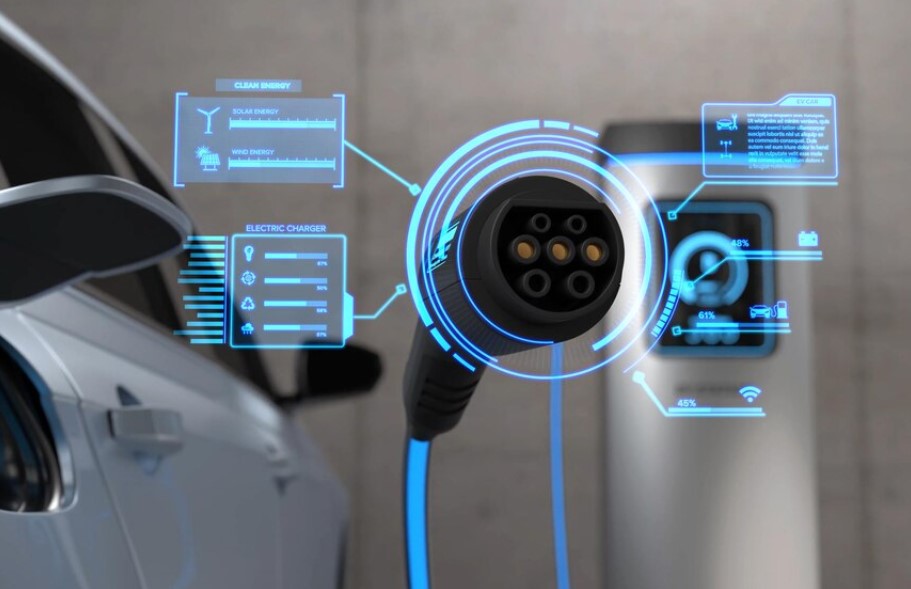The development of electromobility in Spain presents a mixed picture. While electric vehicle sales are booming, the expansion of charging infrastructure is noticeably slowing down. Alarmingly, a significant portion of the installed charging points are not functioning.
The public charging infrastructure in Spain, after a strong start to the year, experienced a noticeable slowdown in the second quarter. Only a 3% growth with 1,534 newly installed charging points was registered, according to the latest Electromobility Barometer from Anfac.
Disappointing Figures: Slower Growth, More Failures
In total, the charging network in Spain now counts 47,892 charging points. However, the pace of expansion has drastically slowed compared to the previous quarter when 7,633 new points were added. Even more concerning is the number of installed but non-operational charging points. This figure has increased by 5.5% compared to the previous quarter, reaching an alarming 13,782 points, which corresponds to 720 additional points out of service.
If all these charging points were functional, Spain would have 61,684 publicly accessible charging points – a figure very close to Anfac’s goal of 64,000 charging points by 2024. Currently, however, 22% of the entire public charging network in Spain is out of service. This means: one in five installed charging points is not working.
Fast Charging Network: A Glimmer of Hope with Downsides
The fast-charging network (over 150 kW) accounts for 9.1% of the total network, an increase of 0.6% from the previous quarter, with a total of 4,379 points. In the last three months, 371 charging points with over 150 kW power were opened to the public. These figures highlight the continued need to expand this high-performance network. Such a network, allowing charging almost as fast as refueling a combustion vehicle, is crucial for the adoption of electric cars. It is equally important for promoting the electrification of heavy vehicles in freight and passenger transport, an area currently suffering from a lack of support and unclear plans.
In contrast, in the second half of the year, 1,085 charging points with a capacity of 22 kW or less were installed. These types of chargers still account for almost 70% of the country’s entire public charging network. This is an unfavorable development for the introduction of electric vehicles in Spain, considering that current light battery vehicle technology already supports charging capacities of over 100 kW, and this trend will continue to increase with new models.
Spain Lags Behind European Average in Electromobility
The barometer promoted by Anfac also reflects that the global electromobility indicator – an average of the electrified vehicle market penetration indicator and the charging infrastructure indicator – has grown again by 1.6 points compared to the previous year, reaching a value of 18.7 out of 100 points.
This increase is mainly due to the positive development of the electrified vehicle market, which doubled its sales compared to the same period last year, with 62,615 newly registered passenger cars in the last quarter. Although the indicator is in line with the growth in the European Union, Spain, with 18.7 points, is still far from the continental average of 32.3 points.
Regionally, Madrid, Navarra, and Catalonia once again lead the ranking of the global indicator among the Autonomous Communities and are above the national average. The regions with the strongest growth are Madrid (+3.3), Cantabria (+2), Catalonia, and the Balearic Islands (+1.6). At the European level, Norway and the Netherlands are the leading countries. Noteworthy are both the slight decline in France, linked to the slow dynamics of the electrified market, and the recovery in Germany, which improved by 2.6 points.




